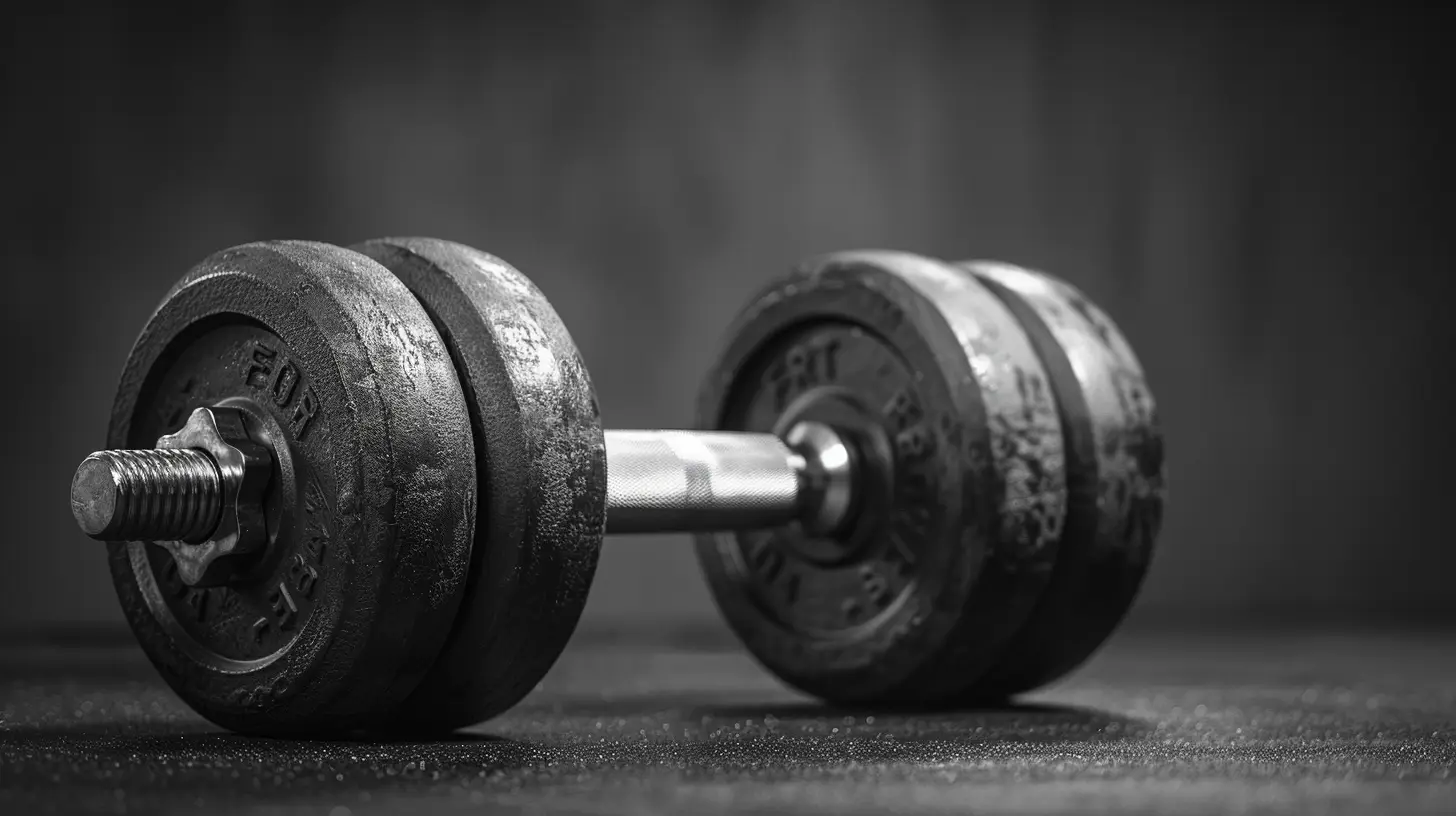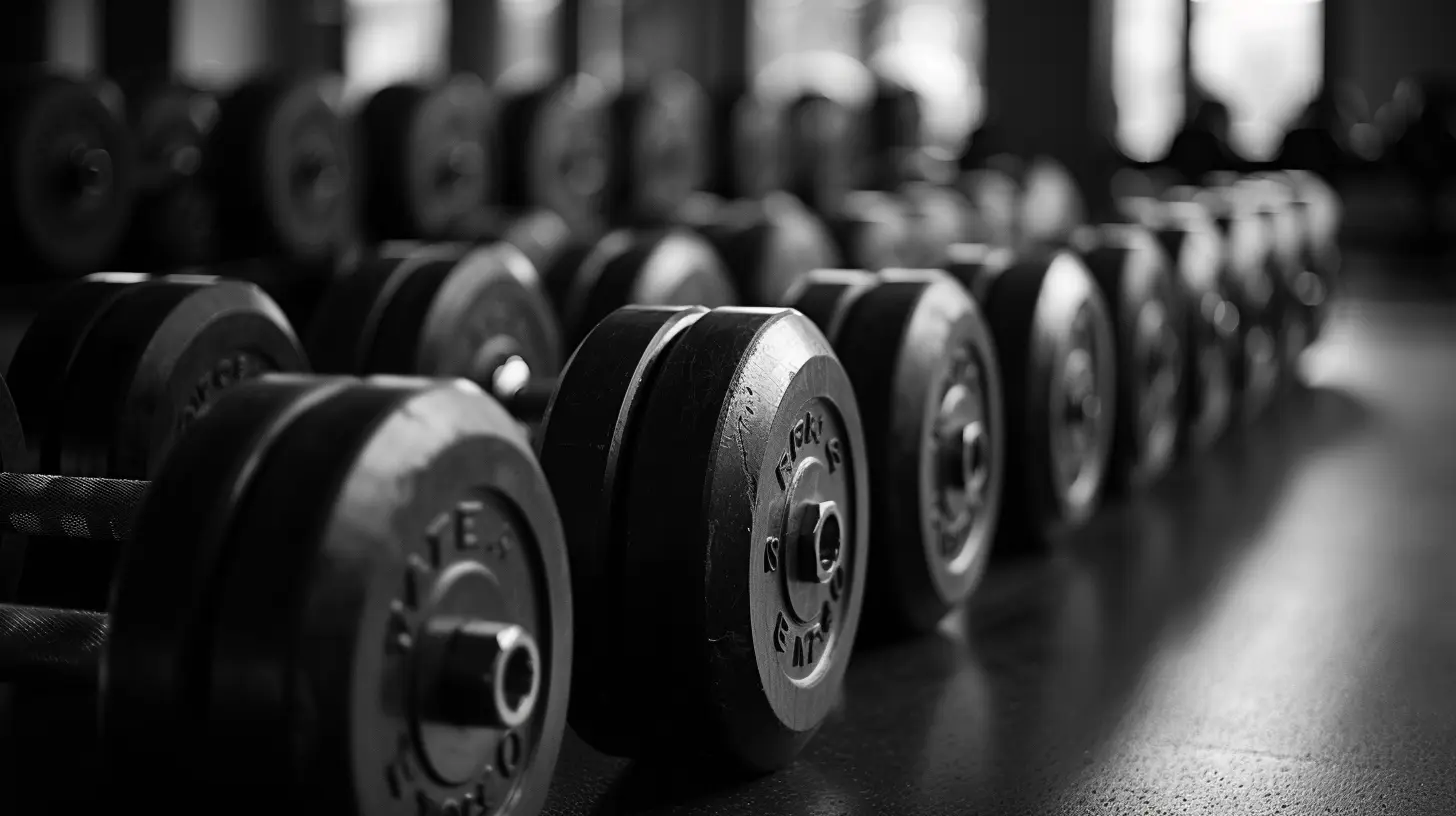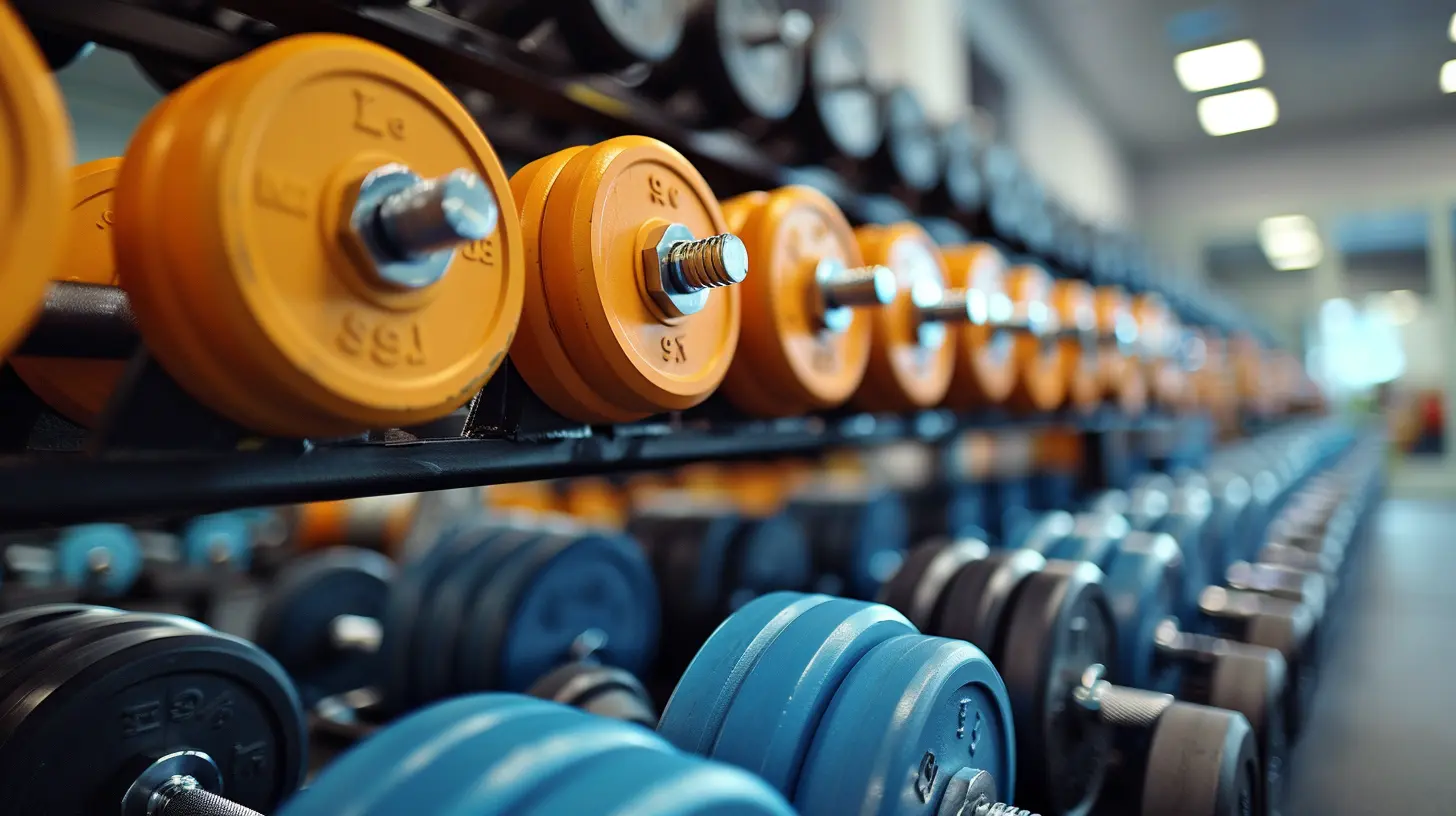The Power of Progressive Overload in Muscle Growth
11 September 2025
Let’s talk about one of the most underrated yet insanely effective principles in the fitness world—Progressive Overload. Sounds a bit science-y, right? But trust me, if you want to build muscle, increase strength, or just look better in a t-shirt, this concept should be your best friend at the gym.
Whether you’re just getting started with lifting or you've been grinding for a while but can't seem to break past that plateau, progressive overload might be the secret sauce you’re missing out on.

What is Progressive Overload, Anyway?
Alright, let’s keep it simple.Progressive overload is the idea that in order to get stronger and grow muscle, you’ve got to constantly challenge your body more than it’s used to. It’s like leveling up in a video game—your body doesn’t grow unless there’s a reason for it to adapt.
That means slowly increasing the difficulty of your workouts over time. We’re talking about more weight, more reps, more sets, or even shorter rest periods. You put more stress on the muscles, and they respond by getting bigger and stronger. It's biology doing its thing!

Why Progressive Overload is Non-Negotiable for Muscle Growth
Imagine you’re doing the same workout week in, week out. You bench 135 pounds every Monday, three sets of 10. Sounds productive, right?Well, not exactly.
Your body gets used to that resistance, and once it adapts, it stops changing. No more tearing of muscle fibers. No more rebuilding stronger. Just maintenance mode. And if maintenance isn’t your goal, you need to start progressing.
Progressive overload keeps your muscles guessing. It forces them to work harder, and when they work harder, they grow. Think of it as giving your body a reason to evolve.

Different Ways to Apply Progressive Overload
Here’s the cool part—progressive overload isn't just about slapping more plates on the bar. There are multiple ways to challenge your muscles, so you won’t get bored (or injured).1. Increase the Weight
This is the most obvious method. If you bench 135 pounds this week, aim for 140 next week. Even small jumps—say 2.5 pounds—make a difference over time.Just make sure your form stays clean. You’re not trying to ego lift. Progressive overload only works if the muscles are actually doing the work.
2. Do More Reps
Stuck on the same weight? No worries. Just add more reps. If you’re used to doing 8 reps, push for 10 or 12 with the same weight. It still signals your muscles to grow.3. Add More Sets
Maybe you’re doing three sets of squats. Try adding a fourth. Extra volume = more gains.4. Reduce Rest Time
This one is sneaky effective. Shorter rest between sets increases overall workout intensity. It forces your muscles to work harder under fatigue, which is a key muscle growth trigger.5. Improve Form and Range of Motion
Sometimes, it's not about doing more, but doing better. Slowing down your reps, hitting full depth on your squats, or keeping strict form on curls can make your muscles work a lot harder.
How Your Muscles Actually Grow (The Science Stuff)
Let’s get a little nerdy—but in a fun way.Muscle growth (aka hypertrophy) happens when you create tiny tears in your muscle fibers through resistance training. Your body repairs those tears, and in the process, builds them back bigger and stronger.
Now here’s where progressive overload comes in: the body only repairs and grows muscle if it senses that those muscles weren’t enough to get the job done last time. So you’ve got to keep outsmarting your own body. That’s why lifting the same weight forever just won’t cut it.
Debunking Some Common Myths
Let’s address a few traps people fall into when it comes to progressive overload.❌ "I Have to Go Heavier Every Week"
No, you don’t. Yes, increasing weight is a big part of this, but it's not the only way. If you’re struggling to add more weight, focus on better form, more reps, or tempo changes.❌ "More Is Always Better"
Nope. More volume, more weight, more gym time—it can all backfire if you're not recovering properly. Overdoing it leads to burnout, injury, even muscle loss. Balance is everything.❌ "Progress Has to Be Linear"
We’re not machines. Some weeks, you plateau. Some weeks, you regress. That’s okay. What matters is the overall trend. Think long game.
How to Track Your Progress Like a Pro
You can’t overload progressively if you don’t know where you're starting, right?Keep a workout journal—digital or old-school notebook. Track your weights, reps, sets, and how you felt. That way, when you come back to that exercise, you’ll know exactly how to beat your last performance.
Better yet, tracking keeps you motivated. There’s something incredibly satisfying about seeing hard numbers go up. It’s proof that your sweat is paying off.
Building a Long-Term Progressive Overload Strategy
Consistency is king, but strategy is the crown.Here’s how you can structure your training to make gains continuously without burning out.
Use Training Phases
Split your training into phases—like strength, hypertrophy, and endurance. Each phase focuses on different rep ranges and load intensities. This keeps your body adapting and reduces the risk of hitting plateaus.- Strength Phase: Heavy weight, low reps (3–6)
- Hypertrophy Phase: Moderate weight, moderate reps (6–12)
- Endurance Phase: Light weight, high reps (12–15)
Cycle through these every 4–6 weeks to keep progress moving.
Deload Every 4–6 Weeks
Your muscles grow when you rest—not during the workout. Scheduling a deload week (where you reduce volume and intensity) can help you recover and come back stronger.Focus on Compound Lifts
Big, multi-joint exercises like squats, deadlifts, bench presses, and rows should be your bread and butter. These lifts recruit more muscle groups, allowing you to overload more effectively.Dial In Your Recovery
No amount of overload will work if you’re sleeping 4 hours a night and eating junk. Recovery fuels growth.- Get at least 7–9 hours of sleep
- Eat enough protein (around 0.8 to 1 gram per pound of bodyweight)
- Stay hydrated
- Stretch and foam roll often
Mental Gains: Why Progress Still Matters Beyond the Gym
Here’s something no one talks about—progressive overload isn’t just a physical thing. It’s mental, too.Seeing yourself push more weight, feel stronger, and beat your old numbers builds confidence. You start to believe in yourself. You understand that effort equals results. That belief carries over into life—work, relationships, goals. You stop accepting “good enough” and start chasing greatness.
It’s more than muscle. It’s mindset.
Real Talk: It Won’t Always Be Sexy
Let’s keep it 100—progressive overload isn’t glamorous. It’s not flashy Instagram workouts or wild new fitness gadgets. It’s you, grinding it out week after week, pushing just a little harder every time.But those small wins? They add up to huge transformations. It’s worth it.
Final Thoughts
Muscle growth doesn’t happen by accident. It’s the result of challenging your body, recovering smart, and staying consistent. Progressive overload is your roadmap—it tells your body, “Hey, we’re not done yet.”So whether you're lifting a broomstick or a barbell loaded with plates, as long as you're making it just a bit harder each session, you're on the right path.
Stick with it. Track your wins. Adjust when needed. And remember, progress is progress—no matter how small it seems.
Now, go out there and give those muscles a reason to grow.
all images in this post were generated using AI tools
Category:
Strength TrainingAuthor:

Everett Davis
Discussion
rate this article
1 comments
Rowan Banks
Progressive overload is essential, yet often overlooked.
September 22, 2025 at 12:46 PM

Everett Davis
Absolutely! Progressive overload is key to maximizing muscle growth and should be a fundamental focus for anyone looking to enhance their strength and fitness.


